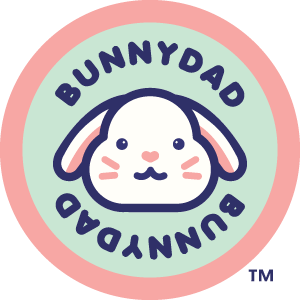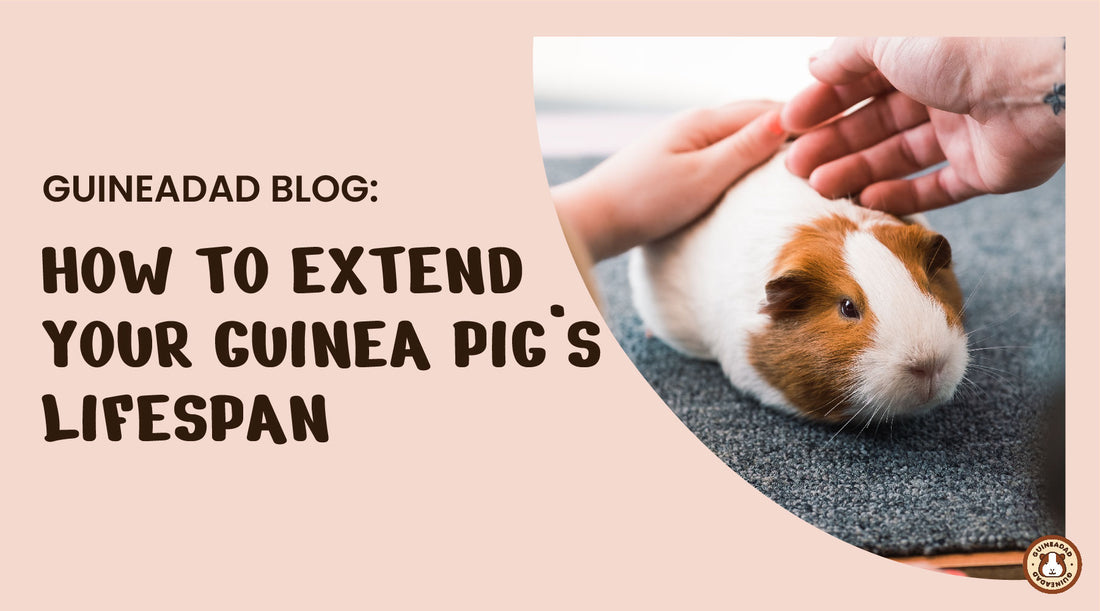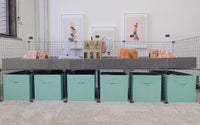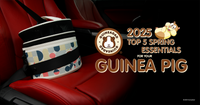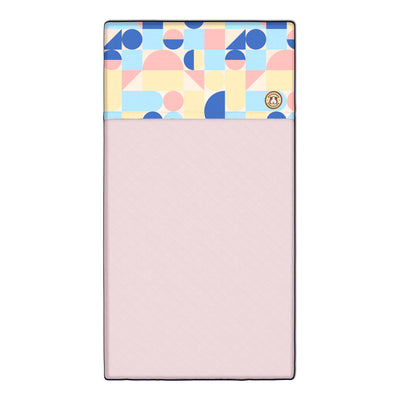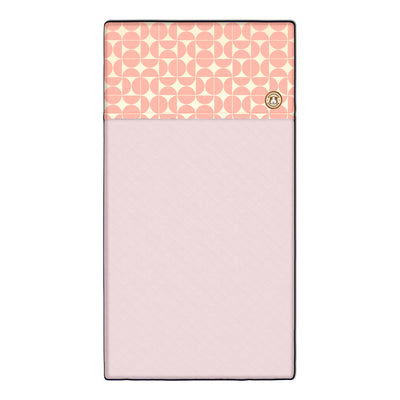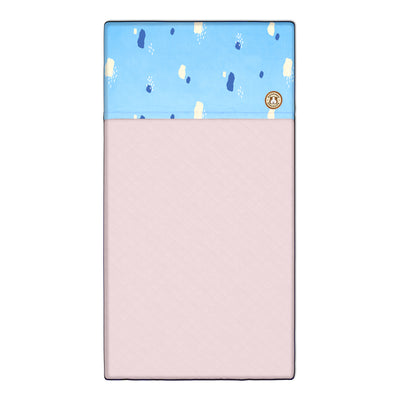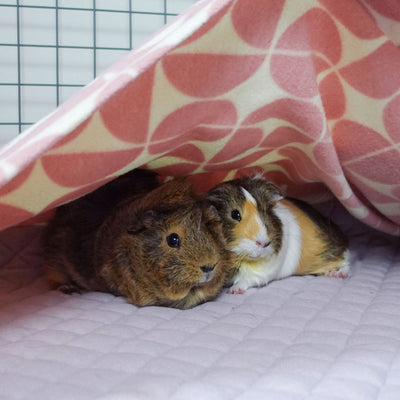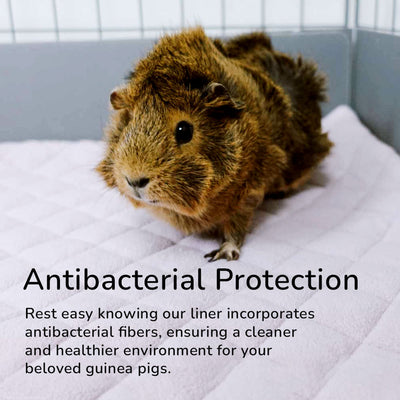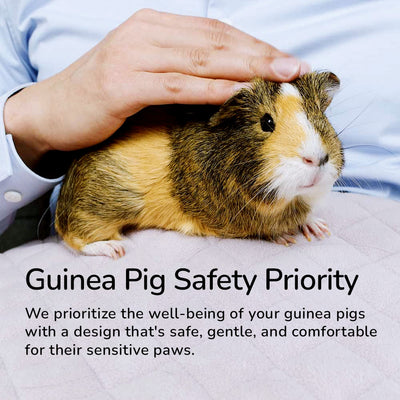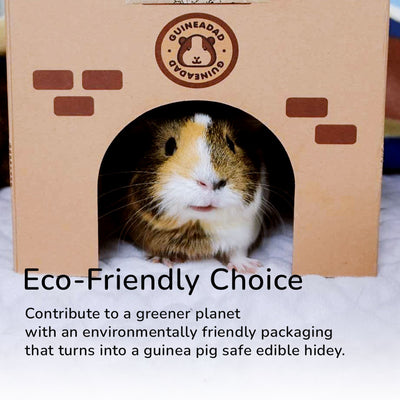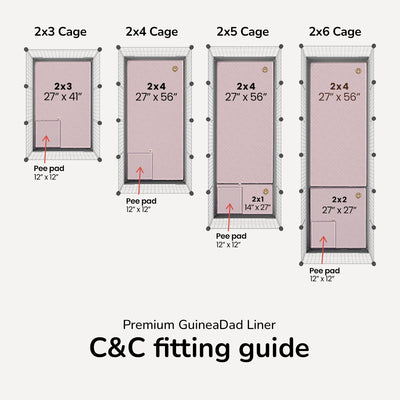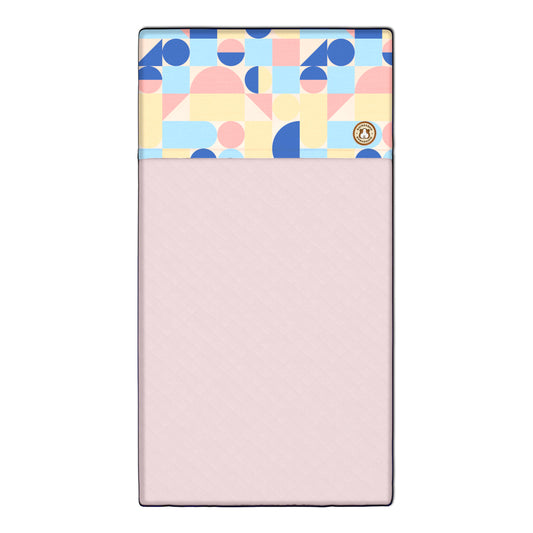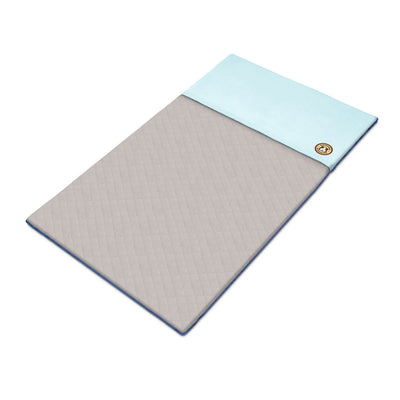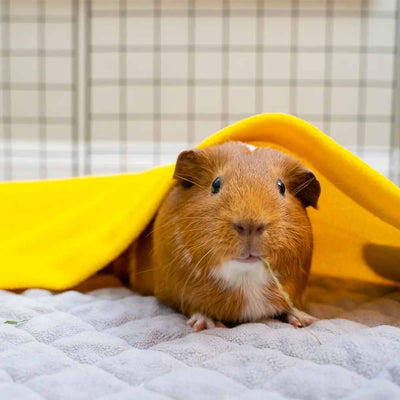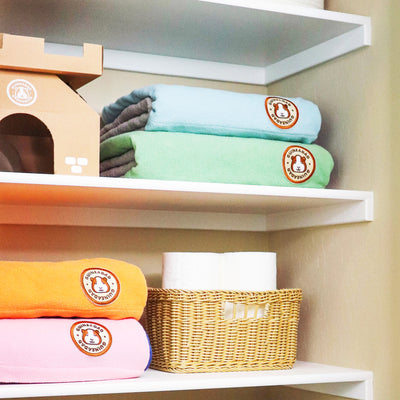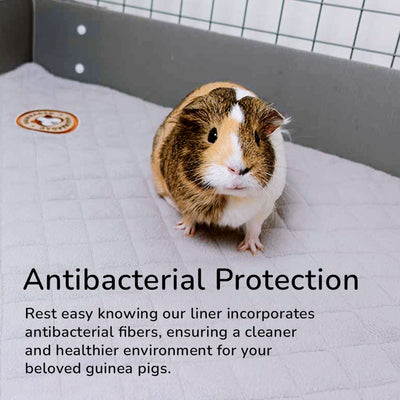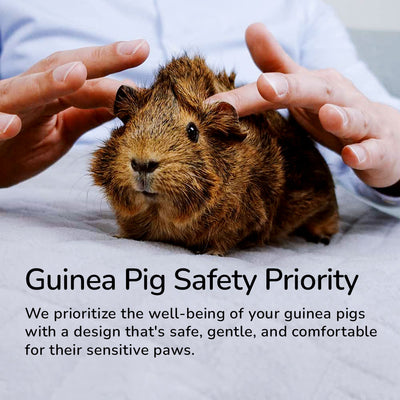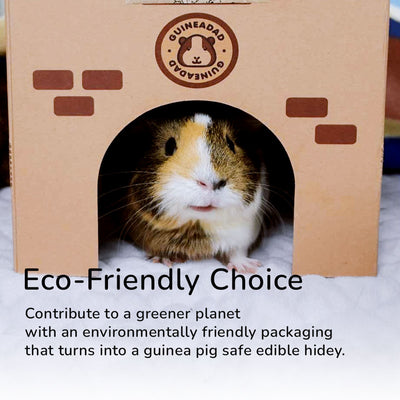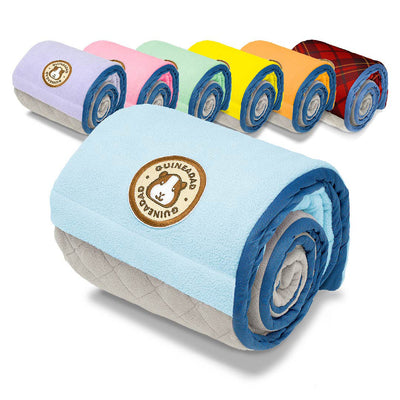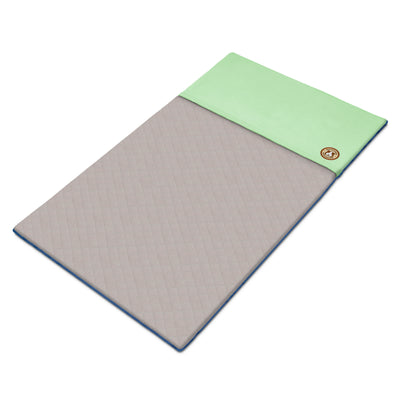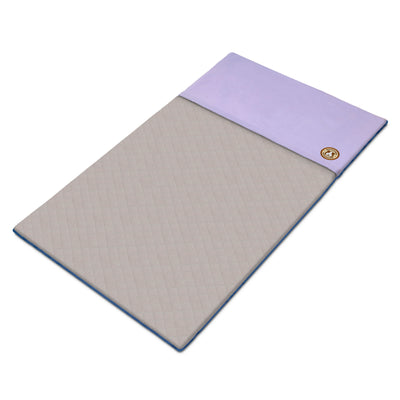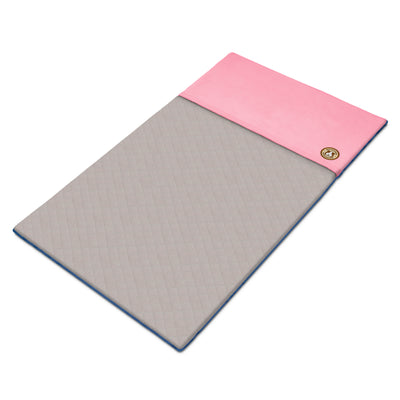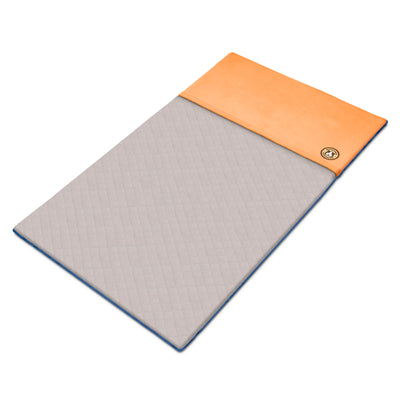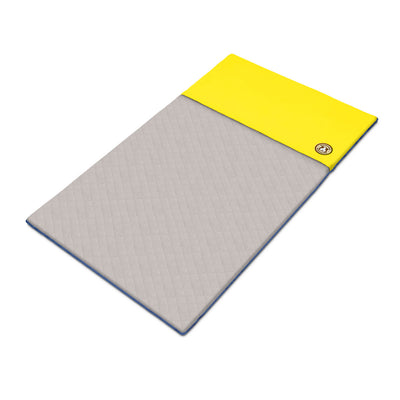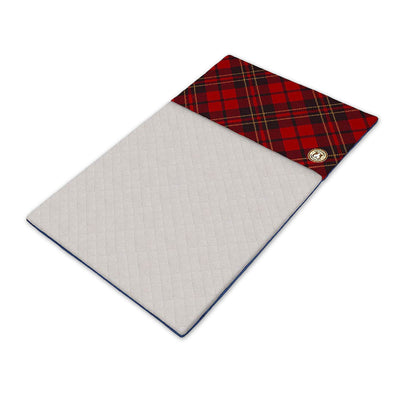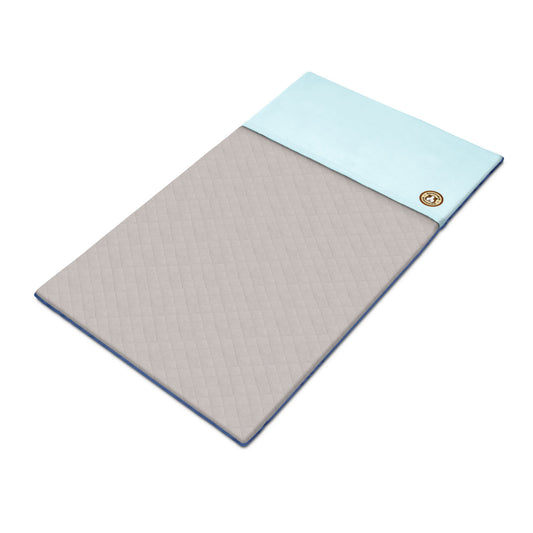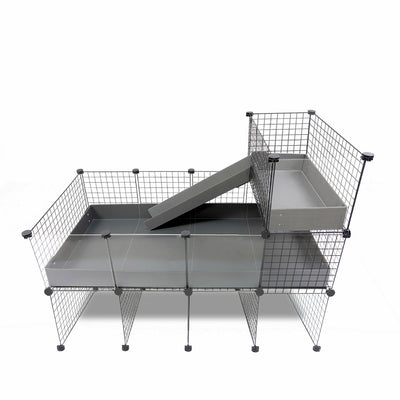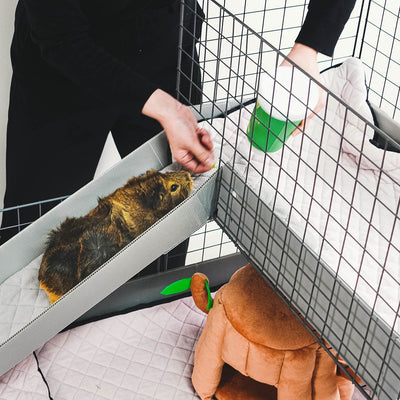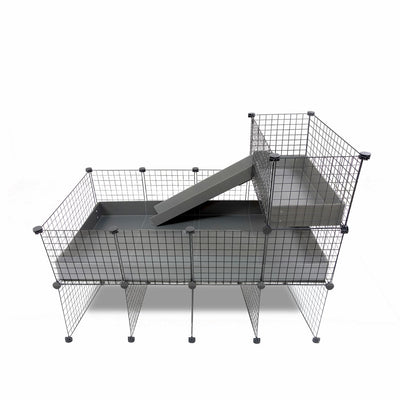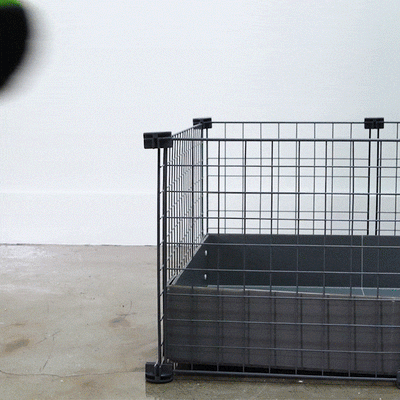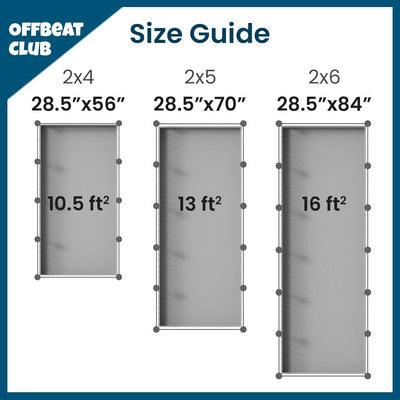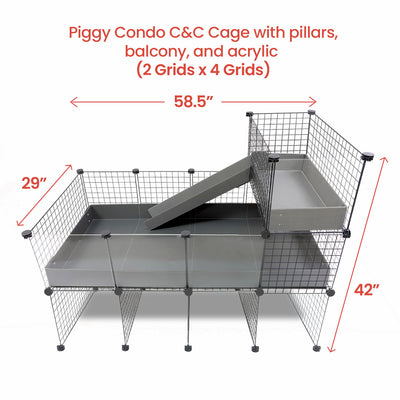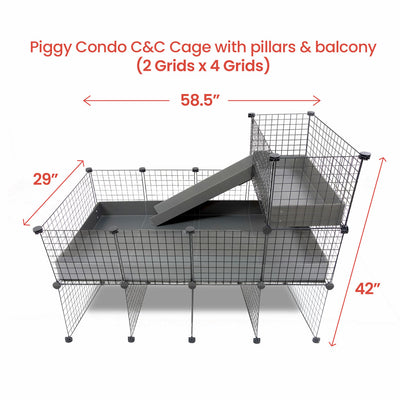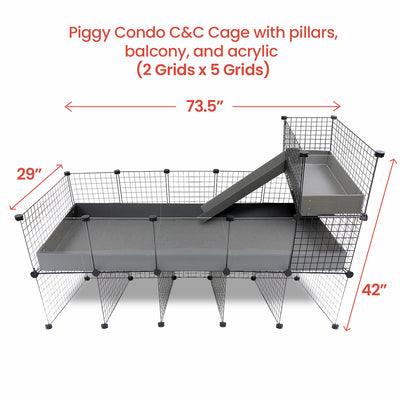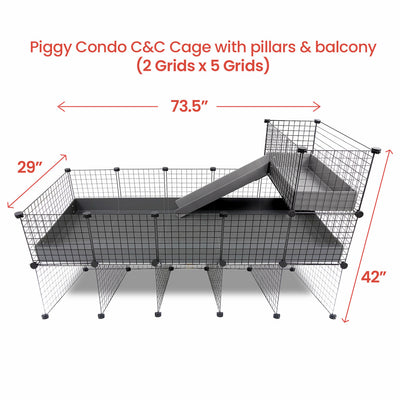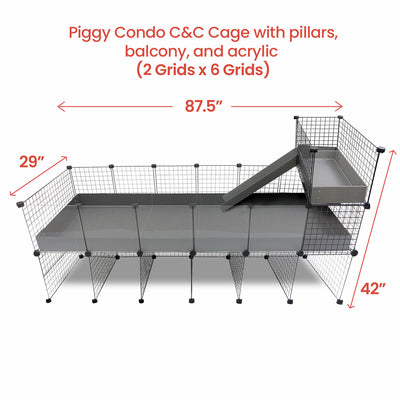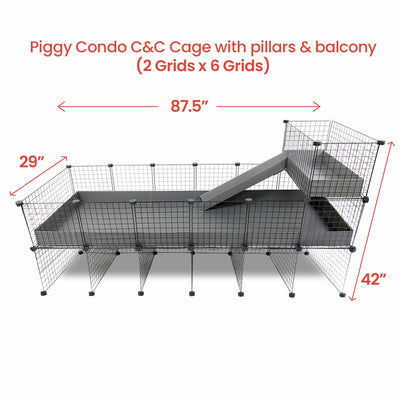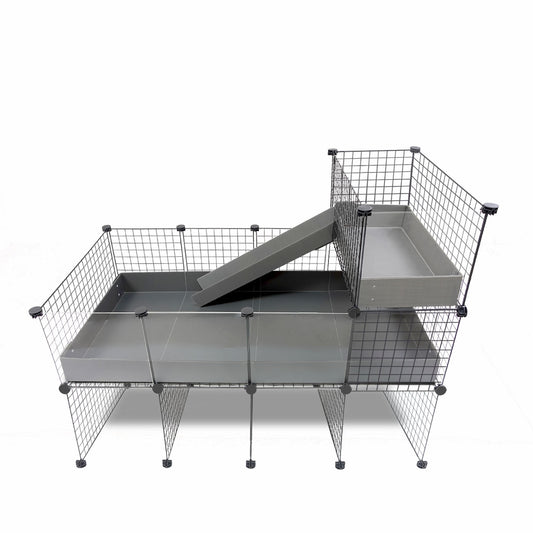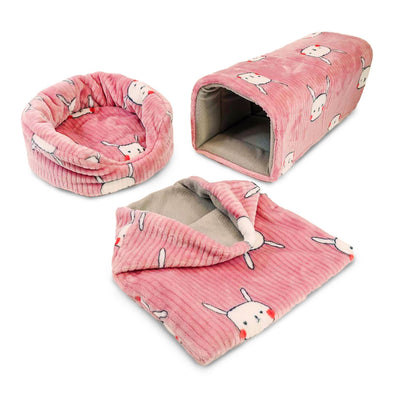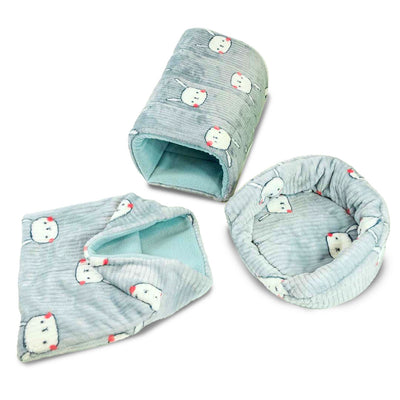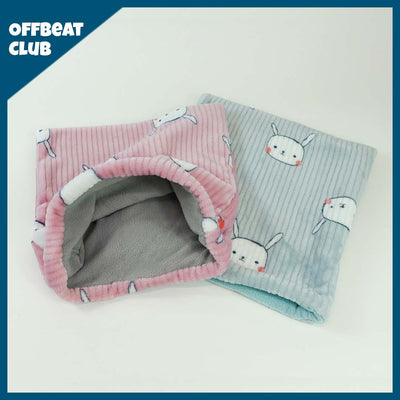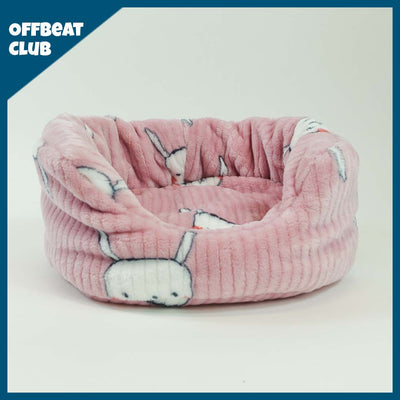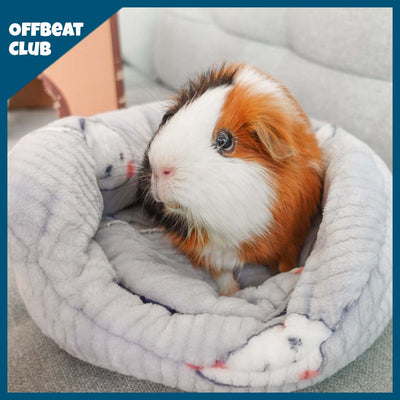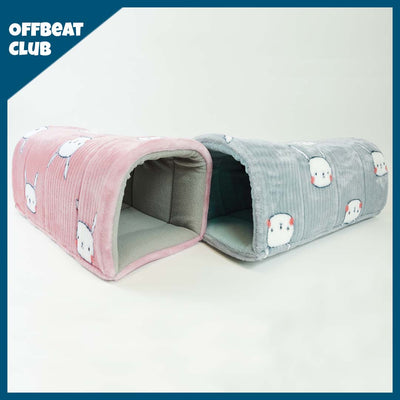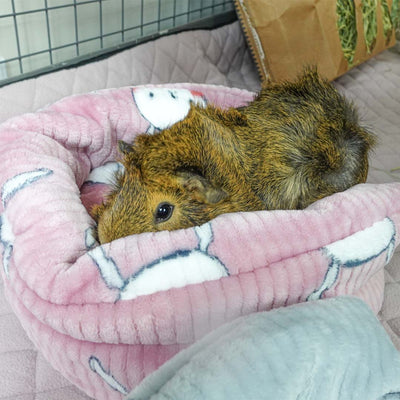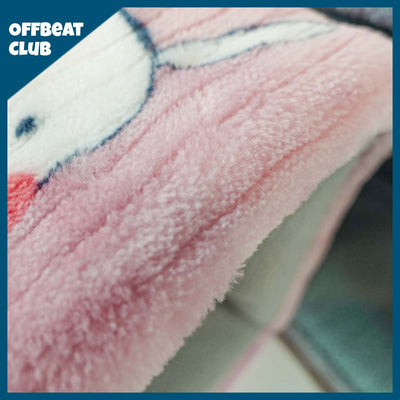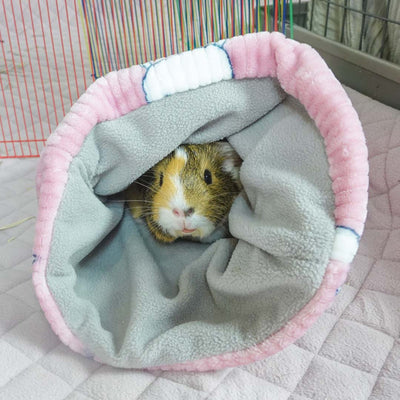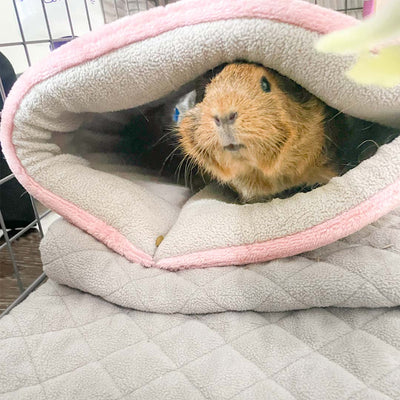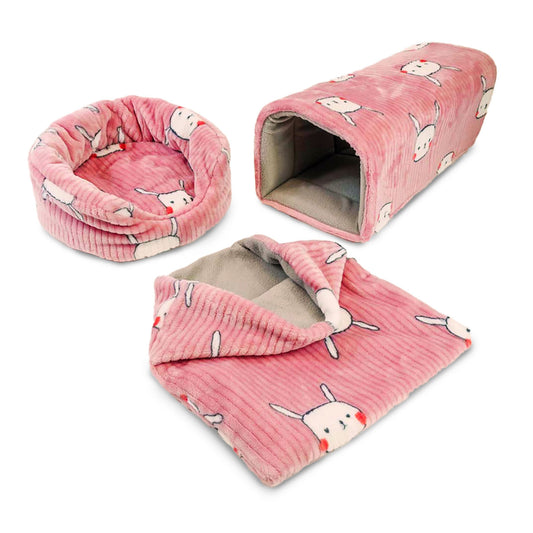Whether you’re a new guinea pig owner, or an inexperienced piggy parent, there’s always one question that everyone has at some point: How long does a guinea pig live? The average life expectancy of a guinea pig is anywhere from 4-8 years! Piggy parents are always looking for ways to extend their guinea pigs’ lifespan and ensure that they live happy and healthy lives.
There are really simple ways that you can do this, without having to go to extreme measures!
Make sure your guinea pig has a safe living environment
Guinea pigs are quite anxious animals, but there are ways that you can put them at ease and make them feel safe, and it starts with their living environment.
Make sure that your guinea pigs’ cage is big enough for them! Too little space to run around, explore, and hide can make your guinea pigs feel unsafe. For two guinea pigs, the Humane Society recommends that you have a minimum of 10.5 square feet available for them, but more space is always better. For example, GuineaDad’s guinea pigs Ru and Mi have his entire living room to themselves!
The Offbeat Club Piggy Condo C&C Cage is made specifically with your guinea pig’s safety and comfort in mind. It’s unmatched in durability, has edge guards for safety, is non-slip and shock absorbing, and is easy to assemble. The shock absorption is a very important feature—even just lightly bumping your guinea pig’s regular cage can be enough to startle your guinea pig, but the Offbeat Piggy Condo ensures that the cage isn’t ever jostled enough to scare them.
It’s also important to ensure that your guinea pig has sanitary, comfortable bedding. While many use paper shreds or wood shavings, your best bet may be bedding that is made of materials that you easily launder and swap out in cycles for max efficiency and cleanliness. Fleece bedding is the best answer for that.
The GuineaDad Liner and GuineaDad Premium Liner are the best options because of the unique features of it. The liners are made of a fleece that is stitched in a quilted pattern, which makes it so you can do easy spot cleanings with vacuums without the fabric getting sucked up. There is also a super absorbent layer just under the first layer, which not only absorbs quickly, but dries quickly and ensures that your guinea pig is never walking in their own pee.
The fibers are coated in an antibacterial coating, which makes it so that the liners inhibit bacterial growth and in turn prevents the contraction of infections that endanger your guinea pig.
Make sure your guinea pig has a healthy diet
Guinea pigs need a balanced and nutritious diet in order to stay healthy and to fight off infections and illnesses. They eat a balance of hay, water, fresh fruits and vegetables, and pellets—all these diet elements come together to make sure that your guinea pig is getting the correct amount of vitamins and nutrients.
Your guinea pigs need about 1 cup of fresh fruits and vegetables to supplement their diet with whatever nutrients they can’t get from their hay or pellets. Guinea pigs also have a high vitamin C requirement in order to prevent scurvy, but also to boost and fortify their immune system so they can fight off infections. Guinea pigs and their immune systems are always in need of protection, because they’re so susceptible to infections and illness. Their diet is one of the places where you can begin to help keep them as healthy as possible.
For a complete guide on what fruits and vegetables to feed your guinea pigs, check out our Vegetable Master List and our Fruits Master List. Both guides provide quick nutritional information on fruits and vegetables, as well as serving sizes and frequencies. Knowing the nutrients your guinea pigs’ fresh produce is the best way to fortify their diet effectively.
It’s also important to provide them with a constant supply of fresh hay! In fact, most of the day, your guinea pig is munching away at hay. To read more about the different types of hay and to decide which one is best for your piggy (and for you, if you’re allergic), check out this blog post. GuineaDad Hay Boxes and GuineaDad Hay Bars are the most convenient and healthiest way to supply your guinea pigs with hay.
Water consumption is also super important for guinea pigs! You can also check out this blog post to know whether your guinea pig is drinking enough water.

Make sure your guinea pig is active and stimulated
The easiest way to do this is to make sure your guinea pigs have companions! Having just one guinea pig isn’t really recommended, as guinea pigs are naturally social herd animals that thrive with the company of others.
When guinea pigs have friends, they’re more likely to run around and play with each other, and more likely to explore their cage together.
Make sure to have plenty of toys and hideys for your guinea pig to mess around with. Edible hideys are even better for your guinea pigs, as it can encourage activity, and helps them maintain their teeth at the same time. Check out the GuineaDad Crunchy Condo and GuineaDad Queen’s Castle! Both are made of materials that are safe and edible for your guinea pigs, ensuring that they’re having fun and able to munch away if they want to.
Providing the safest guinea pig life is the key to giving them the longest guinea pig life!
As long as you’re doing your best to give your guinea pigs the safest and healthiest life possible, you are giving your guinea pigs their chance at the best life. Years of excited wheeking for vegetables and rejections of your petting are to come!

